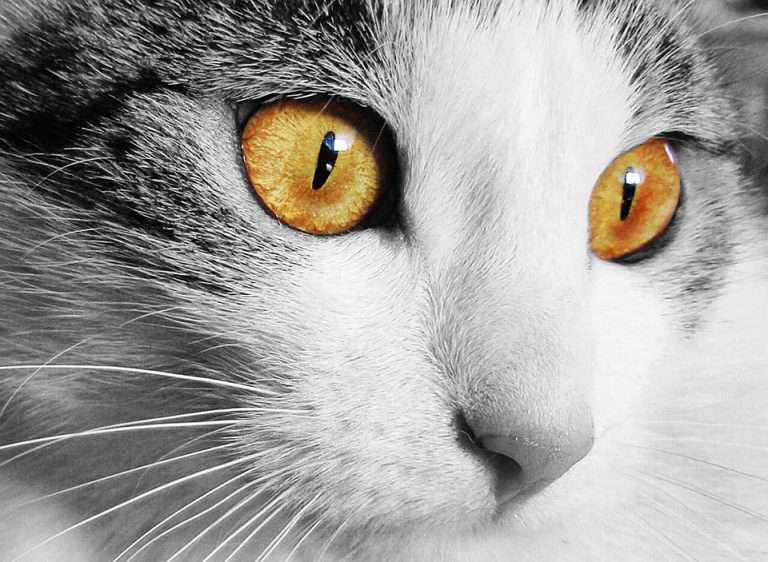Here on the Leesville Animal Hospital blog, we talk a lot about dog ownership, but today we want to switch gears and talk about our feline friends! As a cat owner, you are your cat’s advocate, you are responsible for knowing when things seem a little bit “off” and when it is time to seek out veterinary care. So, today, we want to help you to become a more educated cat owner and teach you what you need to know about your cat’s vital signs!

When assessing your cat’s health, there are FIVE main signs that you should be familiar with: heart rate, temperature, respiratory rate, capillary refill time, and hydration status / mucous membrane color and texture.
Your Cat’s Heart Rate
You can check your cat’s heart rate by lying them on their side and putting your hand on your cat’s chest. Count the number of heartbeats within 15 seconds and multiply that number by four.
A healthy adult cat should have a heart rate between 140 and 220 beats per minute.
Your Cat’s Temperature
Your should check your cat’s temperature using a lubricated rectal thermometer. Insert the thermometer into your cat’s rectum between 1/4 and 1/2 an inch and hold for 2 minutes.
A healthy adult cat should have a temperature between 100.5 and 102.5 degrees Fahrenheit.
Your Cat’s Respiration Rate
You should wait to check this until your cat is lying in a prone position and completely relaxed. Watch the rise and fall of her chest and count the number of breaths that they take in 1 minute.
A healthy adult cat should have a respiration rate between 24 and 42 breaths per minute when at rest.
Your Cat’s Capillary Refill Time
You can check your cat’s capillary refill time by lifting your cat’s upper lip and gently pressing on the gum just above the teeth. Release and watch to see how long it takes for the color to return to the gum. This is called “capillary refill time” and it represents healthy blood flow.
A healthy adult cat should have a capillary refill time of 2 seconds or less.
Your Cat’s Hydration Status and Mucous Membrane Health
You can check your cat’s hydration status and mucous membrane health by gently pulling up the upper lip so that you can observe her gum. The gum color should be a healthy pink color and not very pale or very very dark. If your cat’s gum is either of these extremes you should take them to your veterinarian immediately as it can signal a health concern such as anemia.
Your cat’s gums are also a good way to determine their hydration status. With their top lip pulled back, gently touch your cat’s gum with your finger. The gum should not feel tacky at all, if it feels tacky to the touch, your cat may be experiencing dehydration and require veterinary intervention.
Stay On Top of Your Cat’s Vitals
As your cat ages, you may notice changes in their vital signs such as a slower heart rate. It is important for you to stay on top of these changes, not only because they can signal health concerns, but also because they can serve as a baseline for future testing. Make a habit of checking your cat’s vitals once every few months when they are healthy and make note of their vital signs so that if you suspect that your cat is feeling ill, you can compare their vital signs to these healthy vitals and note any difference. Of course, if you suspect that your cat is ill, you should always consult your veterinarian, but it is always helpful to be able to tell us if one of your cat’s major vital signs seems abnormal!

